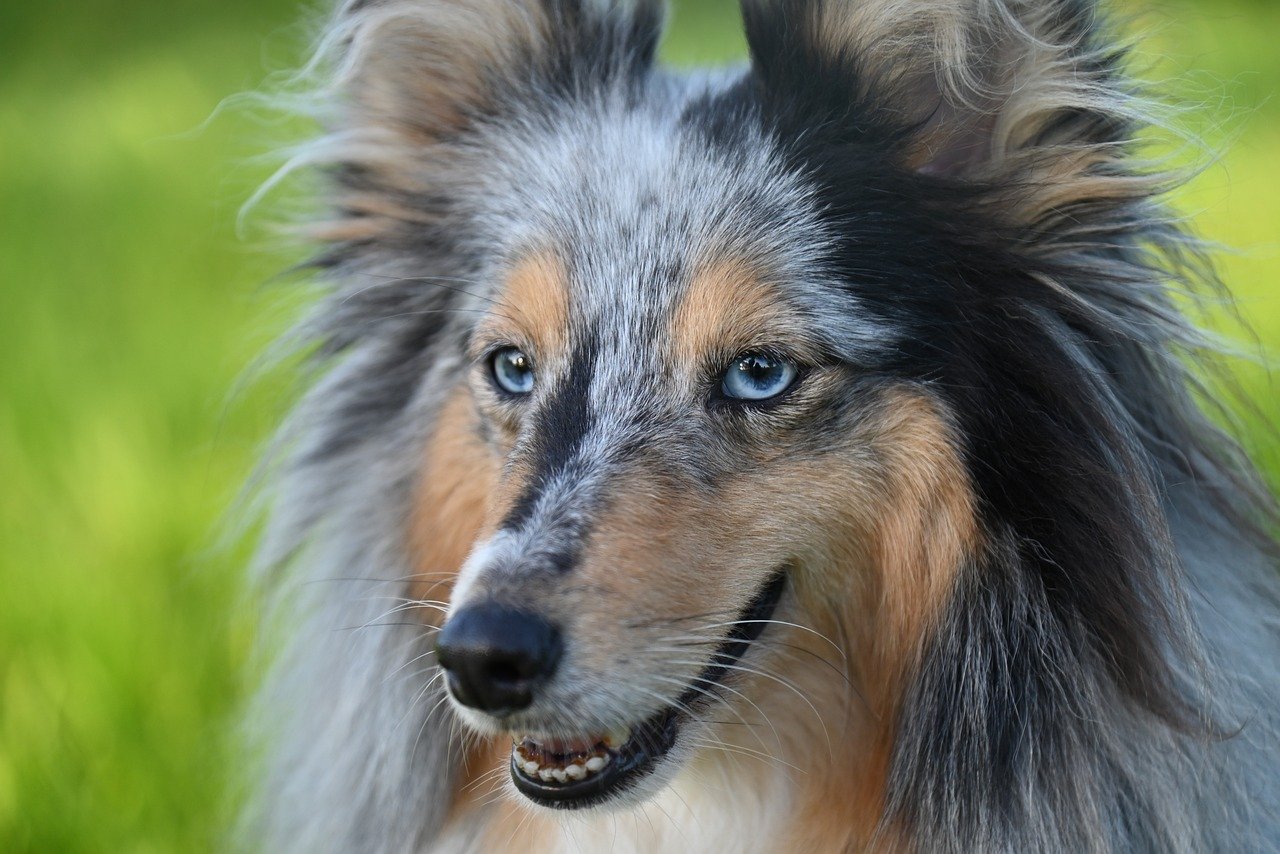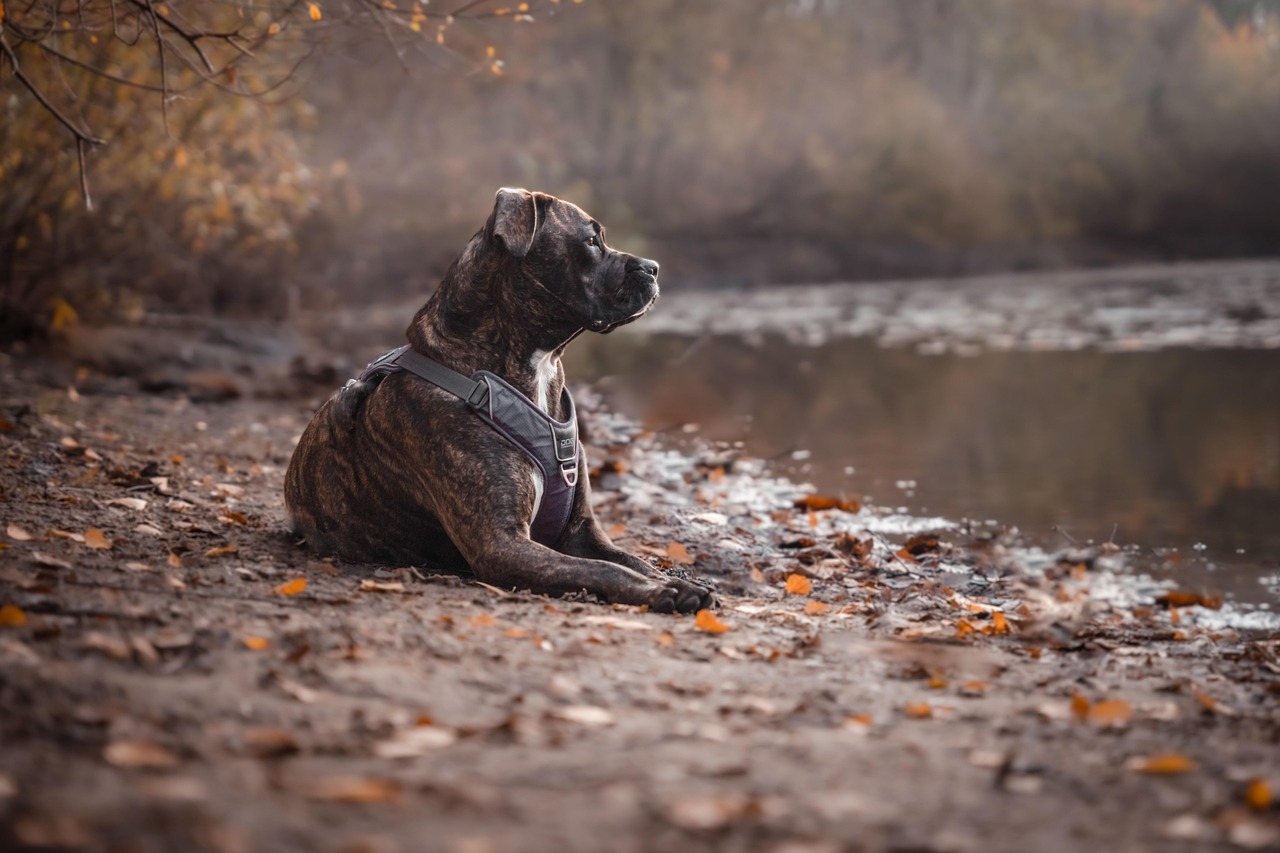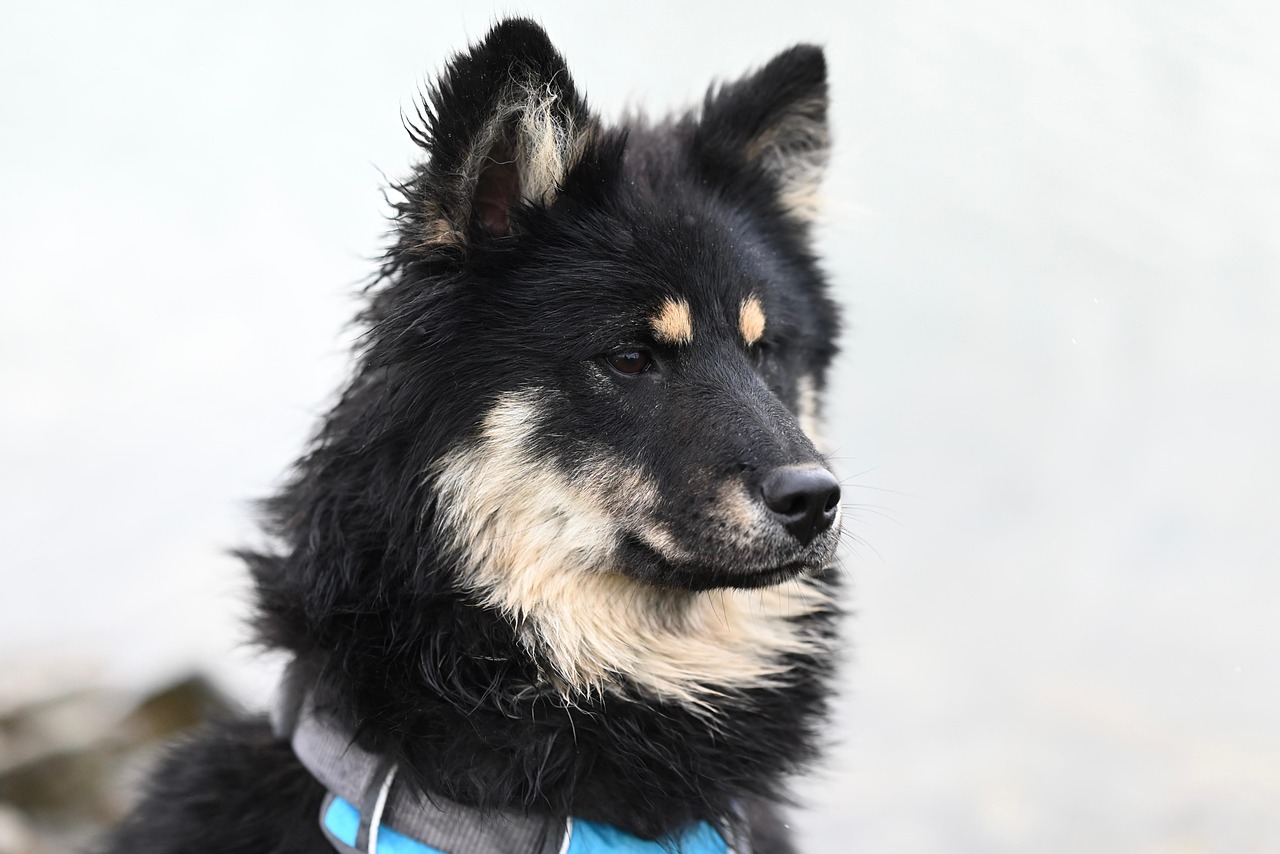Simple Techniques for Kids to Master Dog Training
Introduction
Dog training is not just for adults. Kids too can participate in this fascinating process and indeed, studies have shown that dogs respond positively to the high energy and unpretentious authority that children often display. This article explores the subject of dog training for kids, providing key insights, tips, and advice on how this can be introduced and successfully continued at home.

The Importance of Training a Dog for Kids
Training a dog helps in establishing a bond of respect and trust between the dog and the kid. It teaches the kid about responsibility and improves their self-esteem as they experience success in training their canine friend. For the dog, it provides mental stimulation and can help in eliminating or reducing undesirable behaviors.

We know how important it is to provide our children with the best development and learning opportunities; dog training falls uniquely into this spectrum by providing both a hands-on learning experience and an indirect, but very effective way of teaching fundamental values such as responsibility, patience, compassion, and commitment.
Tips For Successful Dog Training For Kids
Every child-dog relationship is unique, so the training method adopted needs to be flexible enough to accommodate these variabilities. Here are some tips that can guide kids for successful dog training.
- Start With Simple Commands: Begin with simple tasks like ‘sit’, ‘stay’, and ‘come’. Once the dog and the child have mastered these, they can move onto more complex commands.
- Be Consistent: Consistency is key in dog training. The child should use the same words and gestures for each command.

- Show, Don’t Tell: Dogs respond better to physical cues than verbal ones. Encourage the child to use hand gestures along with verbal commands.
- Make It Fun: Training should be an enjoyable experience for both the dog and the child. Incorporate games and rewards in the training process.
- Patience Is Key: Training a dog takes time. Encourage the child to be patient and not get frustrated if the dog doesn’t understand a command right away.
- Safety First: Finally, ensure that a responsible adult supervises the training sessions to prevent any mishaps.

Frequently Asked Questions
- At What Age Can Kids Start Training Dogs?
Kids can start training dogs as soon as they’re able to understand and follow directions, which is typically around 5-6 years old.
- What Are Some Suitable Breeds for Kids to Train?
Breeds like Golden Retrievers, Labradors, Beagles, and Border Collies are known to be kid-friendly and trainable. However, individual dog temperaments can vary.
- Should Kids Use Training Tools Like Clickers?
Yes, clickers can be effective tools. They give clear and consistent signals to the dog, making it easier for them to understand instructions.
- Is It Safe for Kids to Train Dogs?
Under adult supervision, it’s safe for kids to train dogs. Smaller children should not be left alone with large dogs, and potentially aggressive dogs should be evaluated by a professional before interaction.
- How Long Should Training Sessions Last?
Training sessions with kids should be short and fun, typically 5-10 minutes long. Multiple sessions spread throughout the day are more productive than one long session.

Conclusion
In the end, the process of dog training is a unique opportunity for children to learn vital life skills like patience, empathy, responsibility, and the importance of clear communication. It’s a delightful way to strengthen the bond between a child and their furry companion, with the added benefit of shaping the dog’s behaviour positively. Don’t let the potential hurdles dissuade you – with the right approach, dog training for kids can contribute to raising both a well-behaved dog and a well-rounded child.




